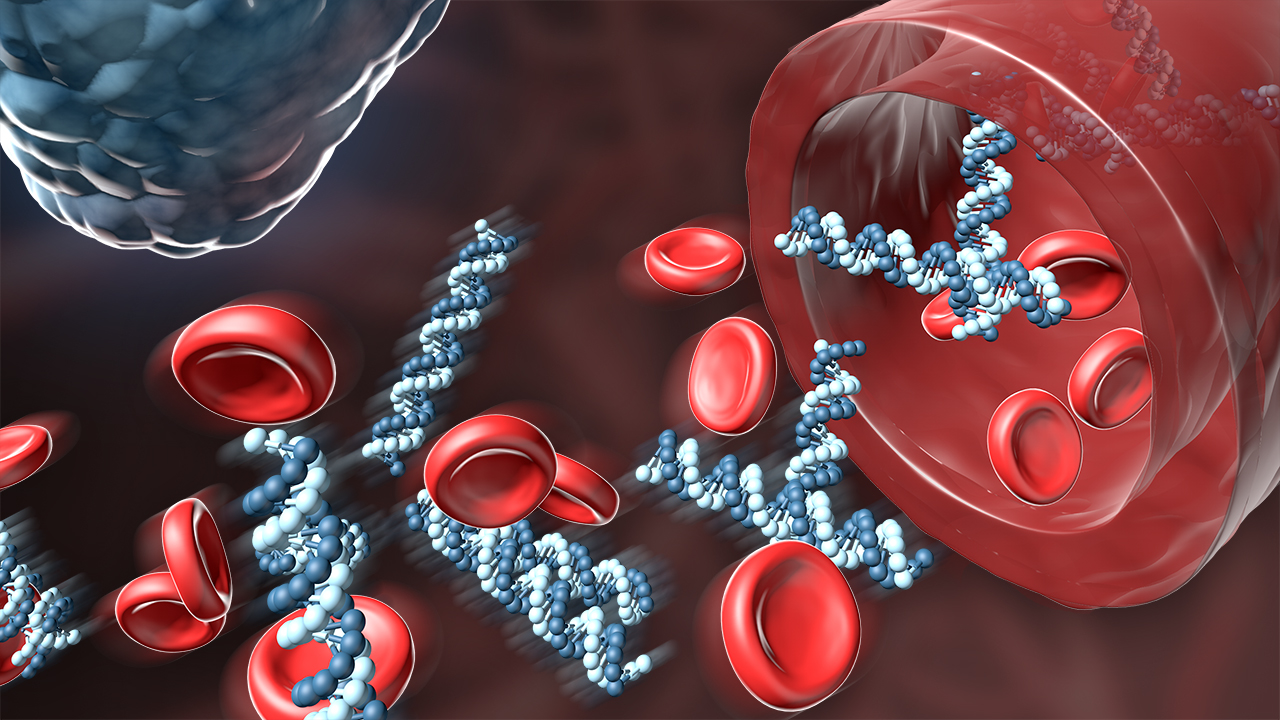Free Courses Sale ends Soon, Get It Now


Free Courses Sale ends Soon, Get It Now



Copyright infringement not intended
Context: Cell-free DNA (cfDNA) is a type of DNA that circulates in the bloodstream, released by dying cells. It was first discovered in 1948, but it took more than half a century for scientists to realize its potential applications in medicine.
Details
Background
A Useful tool
Key applications of cfDNA
Conclusion
|
PRACTICE QUESTION Q. What is cfDNA? A) DNA found within the cells B) DNA that circulates freely in body fluids outside of cells C) DNA used for prenatal testing D) DNA extracted from cancer cells Answer: B Explanation: DNA that circulates freely in body fluids outside of cells. cfDNA, or cell-free DNA, refers to small fragments of nucleic acids that are released from cells and found outside the cell in body fluids. |
© 2024 iasgyan. All right reserved